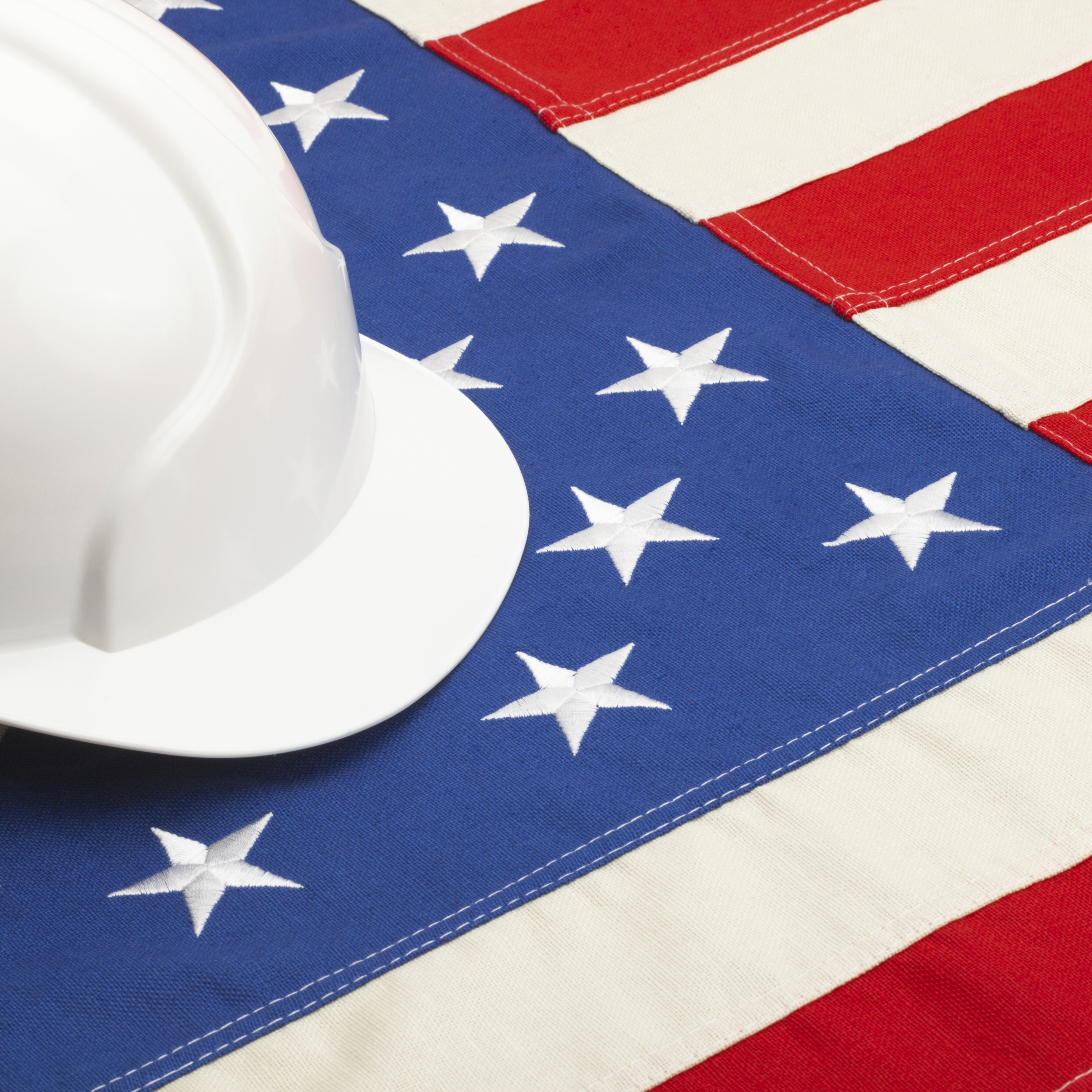Jobs
Physically Dangerous Work Isn't the Only Kind That Can Kill You

Published:
Last Updated:

Almost a fifth of the 4,585 on-the-job deaths in 2013 came in the construction industry. The leading cause of those deaths was falls. Other major causes of construction industry deaths are being struck by objects, electrocution and being caught between objects.
Building things is dangerous work, and nearly 55% of construction workers have no more than a high school education. That’s important because people with less education work in jobs that expose them to workplace attributes and conditions that contribute to poor health.
In a recent study reported in Health Affairs, researchers concluded that 10% to 38% of the difference in life expectancy across demographic groups can be explained by the different job conditions group members experience. A 2012 study reported in the same journal that in 2008:
[W]hite US men and women with 16 years or more of schooling had life expectancies far greater than black Americans with fewer than 12 years of education—14.2 years more for white men than black men, and 10.3 years more for white women than black women.
ALSO READ: The 10 Worst States for Women
In the new study, the research suggest that job stress contributes to the amount of life lost and varies in amount by such factors as race, education level and gender. The difference can be up to three years for some groups, according to a report at The Washington Post, and there are plenty of reasons that people with low educational attainment and lower incomes have lower life expectancies (the median income for a construction worker in the U.S. is $31,090, and the median U.S. income for all full-time workers is $45,006):
[D]ifferences in access to health care, in exposure to air and water pollution, in nutrition and health care early in life, and in behaviors, such as smoking, exercise and diet. Past research has also shown that job insecurity, long hours, heavy demands at work and other stresses can also cut down on a worker’s life expectancy by taking a heavy toll on a worker’s health.
All groups have two things in common, however: fear of losing their jobs and fear of losing their health insurance. These two fears exert the largest influence over stress levels.
And the Washington Post notes: “People with the highest educational attainment were less affected by workplace stress than people with the least education …”
There’s no big secret to fixing these inequalities, according to the study: create healthier work environments focused on workers with less education by addressing the issues of long hours, shift work, lack of health insurance and, especially, job insecurity.
ALSO READ: Countries With the Best (and Worst) Jobs
Want retirement to come a few years earlier than you’d planned? Orare you ready to retire now, but want an extra set of eyes on your finances?
Now you can speak with up to 3 financial experts in your area for FREE. By simply clicking here you can begin to match with financial professionals who can help you build your plan to retire early. And the best part? The first conversation with them is free.
Click here to match with up to 3 financial pros who would be excited to help you make financial decisions.
Thank you for reading! Have some feedback for us?
Contact the 24/7 Wall St. editorial team.